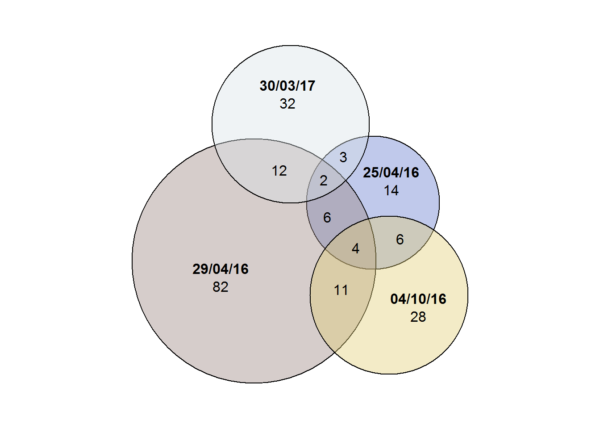The journalist, Sam Kriss — a member of the Labour Party — has been accused of sexual harassment. So has the journalist, Rupert Myers — a member of the Conservative Party. And so, on the other side of the Atlantic, have the movie mogul, Harvey Weinstein — a supporter of the Democrats — and the TV host, Bill O’Reilly — a supporter of the Republicans. There is nothing specifically left or right wing about misogyny.
But there is something very specific indeed about the misogyny of the contemporary British Far Left: something very specific that is very specifically denied when Corbyn’s cheerleaders enthuse that ‘Corbynite slang is remarkably unproblematic in its derivation’, or insinuate — however ridiculously — that ‘centrists’ are particularly prone to transphobia, or suggest, with unintentional irony, that the real threat faced by left wing women is that of ‘centrist dads’ who ‘want to educate you and hate fuck you’. (Honestly, there’s nothing new about the sexual abuse of women on the far left by men more highly placed in the far left’s brutal hierarchy.)
Continue reading “Misogyny is intrinsic to a Far Left built on bullying”
